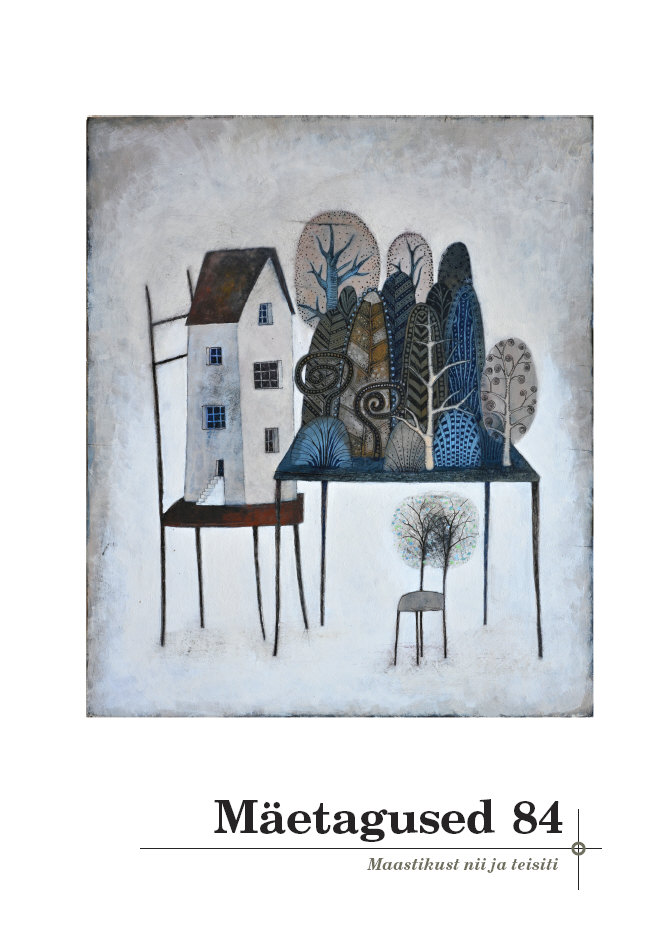Koostöö ja konkurents tööstuspärandil põhinevas turismis
Ida-Virumaal
Cooperation and competition in industrial heritage tourism in northeast Estonia
Author(s): Saara Mildeberg, Anu PrintsmannSubject(s): Anthropology, Museology & Heritage Studies, Sociology of Culture, Tourism
Published by: Eesti Kirjandusmuuseum
Keywords: heritage; Ida-Viru County; industrial tourism; Kreenholm; landscape; oil shale; stakeholder engagement;
Summary/Abstract: The Ida-Viru County in northeast Estonia possesses a range of tangible and intangible heritage from the 19th and 20th centuries. Especially noteworthy are the textile and oil shale industries as they have used vast amounts of resources and space for their production in the past one hundred years. The new century has witnessed the textile industry being closed down and in the wake of the European green transition, the oil shale industry is facing a significant reduction as well. For economic diversification purposes, Ida-Viru has begun to promote itself since 2017 as an adventure tourism region, combining its sandy beaches and vast forests and mires with post-industrial entertainment. Studies on a local and national scale have emphasised the potential of industrial heritage tourism in Ida-Viru County, which can only be realised in collaboration and through proper mapping, assessment and promotion of industrial heritage by relevant specialists in consultation with local stakeholders. At the same time, policy documents and strategies still rarely feature industrial heritage tourism. Rather, buildings and architecture have been referred to as cultural and historical heritage, and post-industrial landscapes have been considered as adventure tourism objects. This article examines the practical implications that the existing heritage-led initiatives are facing while working towards the reanimation of post-industrial spaces, with a special focus on large sites. Interviews conducted with the directors, CEOs and PR managers of such initiatives reveal that it is generally agreed that domestic tourism alone cannot support industrial tourism in Estonia and it is necessary to increase both regional thematic collaboration and develop international networks and visibility. However, the potential of industrial tourism is still often latent or in development, hindered by differences in the agendas and funding of the initiatives, lack of trust and interest in industrial tourism from investors and the active industry, community scepticism and hope for re-industrialisation – those are the issues which are here further exemplified and analysed.
Journal: Mäetagused. Hüperajakiri
- Issue Year: 2022
- Issue No: 84
- Page Range: 53-84
- Page Count: 32
- Language: Estonian

